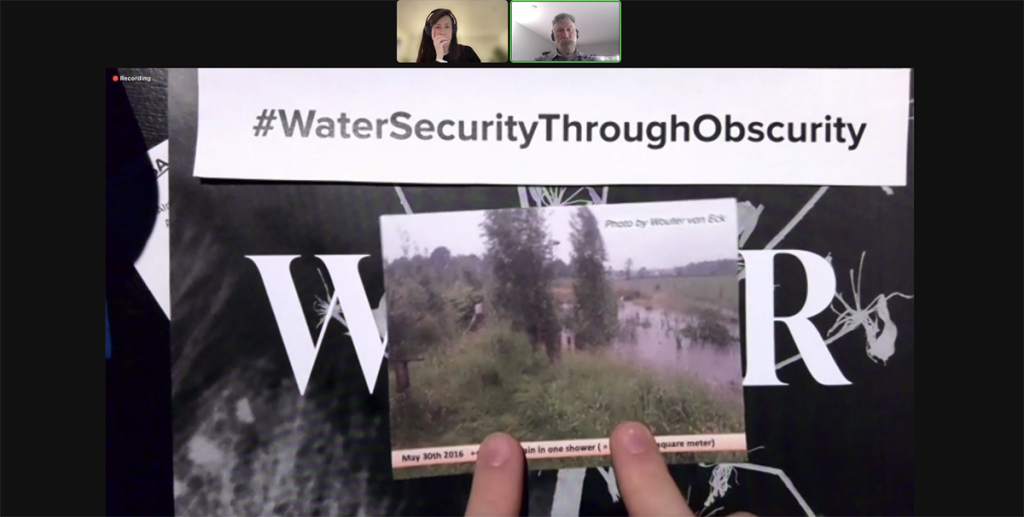During their S+T+ARTS residency in the Netherlands, the Centre for Genomic Gastronomy (CGG) members Emma Conley, Cathrine Kramer and Zack Denfeld focus on the maintenance and future of food forests in Europe. Today I spoke with Emma and Zack about their current developments.
Over the past few months, CGG has been traveling in order to learn more about European food forestry. Zack recaps. “Since we last talked, our team visited another food forest: in Trondheim, Norway. After observing the food forest in Ketelbroek, we were excited to see other people experimenting with this type of farming. Our host, Steven, only had a couple of acres on which he cultivated hundreds of species. It was amazing to experience this contrast between small scale – in terms of land – and large scale in terms of biodiversity.”
Besides their travels, Emma mentions that they have also been hosting a few pop-up events in collaboration with their S+T+ARTS host: the V2_Lab for the Unstable Media in Rotterdam. “During one of the events we organized a three-hour talk show and invited experts from different disciplines to talk about our project. For example, we had social scientists conversing with cryptocurrency experts about the future and funding of food forests. This was very unique, and I think that opportunities provided by cross-disciplinary projects are not only exciting for us, but also for the people who get to participate.”
Given that gastronomy is one of the main themes for CGG, I asked them whether they aim to experiment with the food harvested from any of the food forests they visited. Zack: “We actually brought back a small experiment to the Netherlands. In Norway, Steven was blanching ingredients to stop them from tasting so bitter. We would also like to incorporate this transition from growing to consuming into our exhibition, because when thinking about a future based on food forestry, people often fear that the products don’t taste that nice or desirable. So what we’re doing now is experimenting with blanching older varieties of plants and see how they taste.”
During our last conversation, one of the challenges the team faced had to do with the pace and rhythm of working with living materials. According to Zack and Emma, this is always a challenge when it comes to food forestry, and it could be an interesting part of their exhibition in September. Emma: “Most art and media is meant to be quick; expectations are usually based within a six-month cycle. This is interesting for us, because when you work with living things, there is a huge gap between our time scale and that of the fast-moving world we live in.” Zack adds: “That’s why one of our topics is four-dimensional farming. You have to not only think about the planes themselves, the second dimension, but also about the layers, the third, and the fourth dimension: time. Years will pass before you can grow a tree that produces enough fruits for human consumption. If we want to expand the role food forests play in our future, we have to ask ourselves: do I want to book a table at a restaurant where I can only eat twelve years from now? We’d like to get people excited about this stretching of time and make it desirable.”
I guess that’s food for thought.
Text: Cato Boeschoten

Photo Credits Davids Danos

